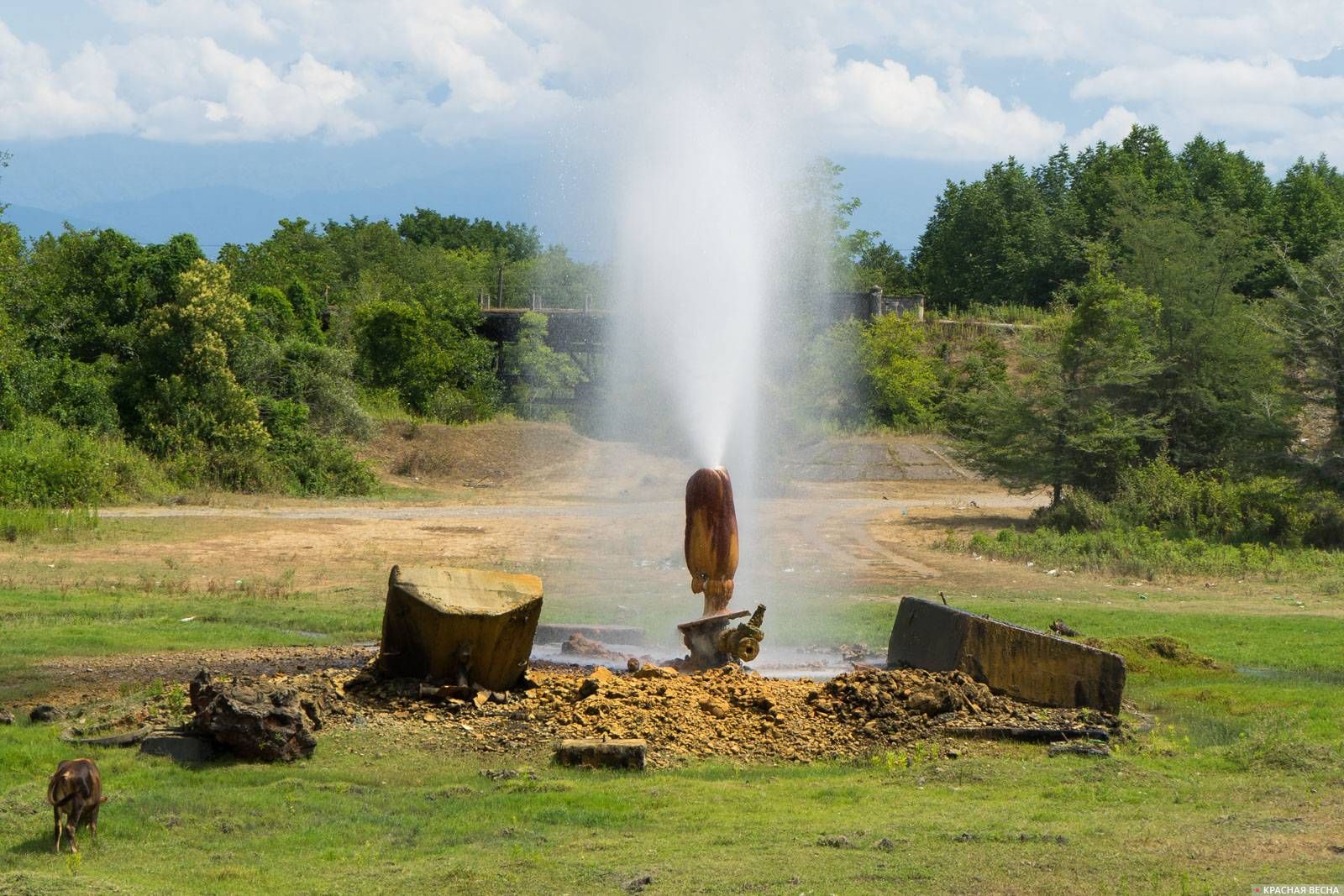
Zoologists from St. Academician NP Laverov, Ural Branch of the Russian Academy of Sciences, May 16, reports the press service of St. Petersburg State University.
Pond snails are widely distributed in freshwater. They feed on plants, both living and decaying organic matter (debris) and, in some cases, animal food and bacteria.
Living under normal conditions, pond snails can tolerate temperatures not exceeding +40 ° C, and in winter, in a mild climate, they hibernate. However, in hot springs, where some species of pond snails live, the temperature reaches +100 °C.
In such springs, in addition to high temperature, there is also a high level of water mineralization and oxygen deficiency. This allows pond snails to remain active and reproduce regardless of the season. At the same time, there are far fewer predators and competitors for these mollusks in warm water bodies.
But to successfully exist in extreme conditions, the evolving body had to adapt to them. To find out how that adaptation occurred, researchers have been studying pond snails that live in Kamchatka, Baikal, Pym-Va-Shor (a thermal area in the Nenets Autonomous Okrug), as well as in various geothermal areas in Kazakhstan, Tajikistan, Iceland and Canada for about 15 years.
Scientists from St. Petersburg University, having studied the sizes, structure proportions and shell shapes of pond snails from thermal springs and other habitats, found that spring pond snails have sizes of shell significantly smaller than their “neighbors” from ordinary reservoirs, and in some species the size of the shell has changed and the shape of the shell in comparison with the “normal”. Thus, six of the thermal species studied were dwarfed compared to the common ones.
Genetic analysis of mollusks from different geographic areas also showed that “thermal” pond snails accumulated a large number of single nucleotide substitutions (mutations), said Maxim Vinarsky, head of the laboratory of invertebrate macroecology and biogeography at the State University of St. Petersburg.
The director of the Laverov Center, corresponding member of the Russian Academy of Sciences, Ivan Bolotov, noted that representatives of the class of gastropod mollusks, which include the family of pond snails, most actively penetrate hot springs.
Some scientists have attributed “thermal” pond snail populations to special species that live only in a particular reservoir. However, a study carried out by scientists from the University of Saint Petersburg gives rise to the assertion that hot springs are not inhabited by subspecies or special species of pond snails, but by ecological races, that is, populations of the same species, but that have a different gene pool due to reproductive isolation, which determines their characteristic features.
“These are special intraspecific formations that arise where there are conditions suitable for life. The range of pond snails can be very wide, but these dwarf breeds appear in “spots”, where there are hot springs. We call these ecological breeds because their formation is determined by a specific environment. And if a subspecies is a geographical concept, then here we are dealing with manifestations of parallel evolution.Vinarsky explained.
Once in a hot spring, the individuals begin to mutate, adapting to the new conditions, genetic selection occurs, accompanied by a reproductive outbreak, which allows the reproductive characteristics of pond snails to be realized: being hermaphrodites, they do not They need a sexual partner. for reproduction
At the same time, the increase in water temperature in the hot springs causes a breeding cycle throughout the year, which speeds up selection. However, for this, the new ecological breed of pond snails had to pay with reduced life.
“If mollusks live in zonal reservoirs on average for two years, then thermal ones do not live more than a year. Six months later, they reach reproductive age, not having time to grow to standard sizes, their life cycle is accelerated.– explained Olga Aksyonova, a leading researcher at the Laverov Center.
A shorter lifespan also explains the change in shell shape in four of the six species studied: they reach puberty earlier than usual, remain “juveniles” for the rest of their lives, and their shells retain the proportions of the shells. young individuals.
The results of this study were published in the scientific journal Diversity. It should be noted that previous joint studies of biologists from St. Petersburg University and the Laverov Center were marked by the discovery of a new group of freshwater snails in the highlands of the Tibetan Plateau and five new species and one genus of leeches. In the Arctic.
Source: Rossa Primavera
I am Michael Melvin, an experienced news writer with a passion for uncovering stories and bringing them to the public. I have been working in the news industry for over five years now, and my work has been published on multiple websites. As an author at 24 News Reporters, I cover world section of current events stories that are both informative and captivating to read.
